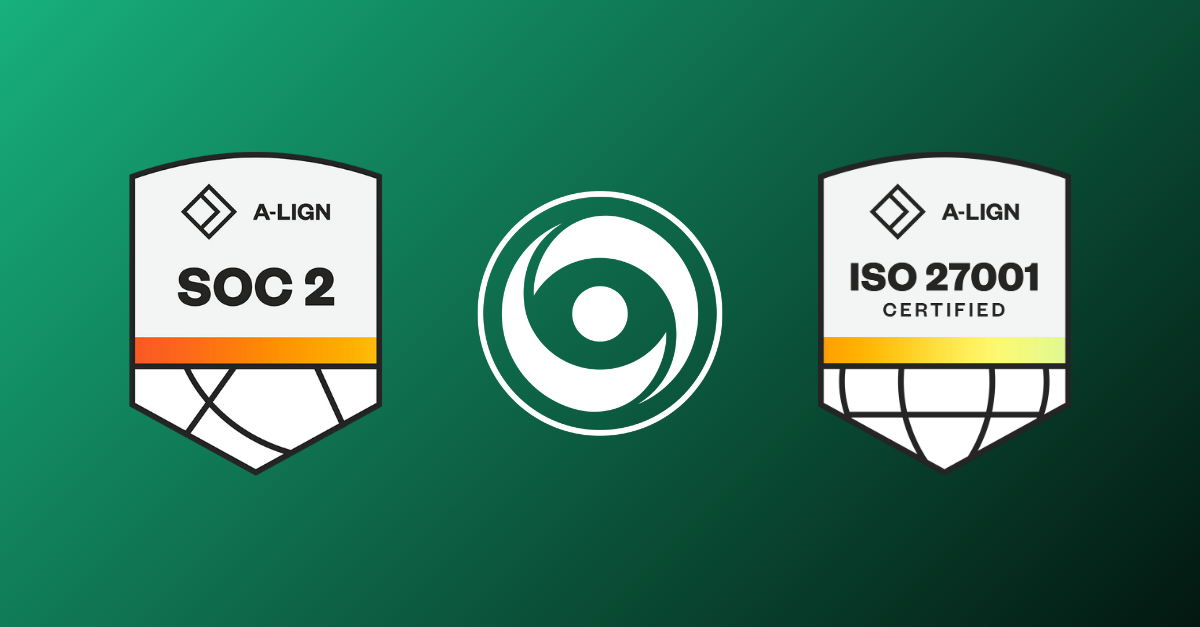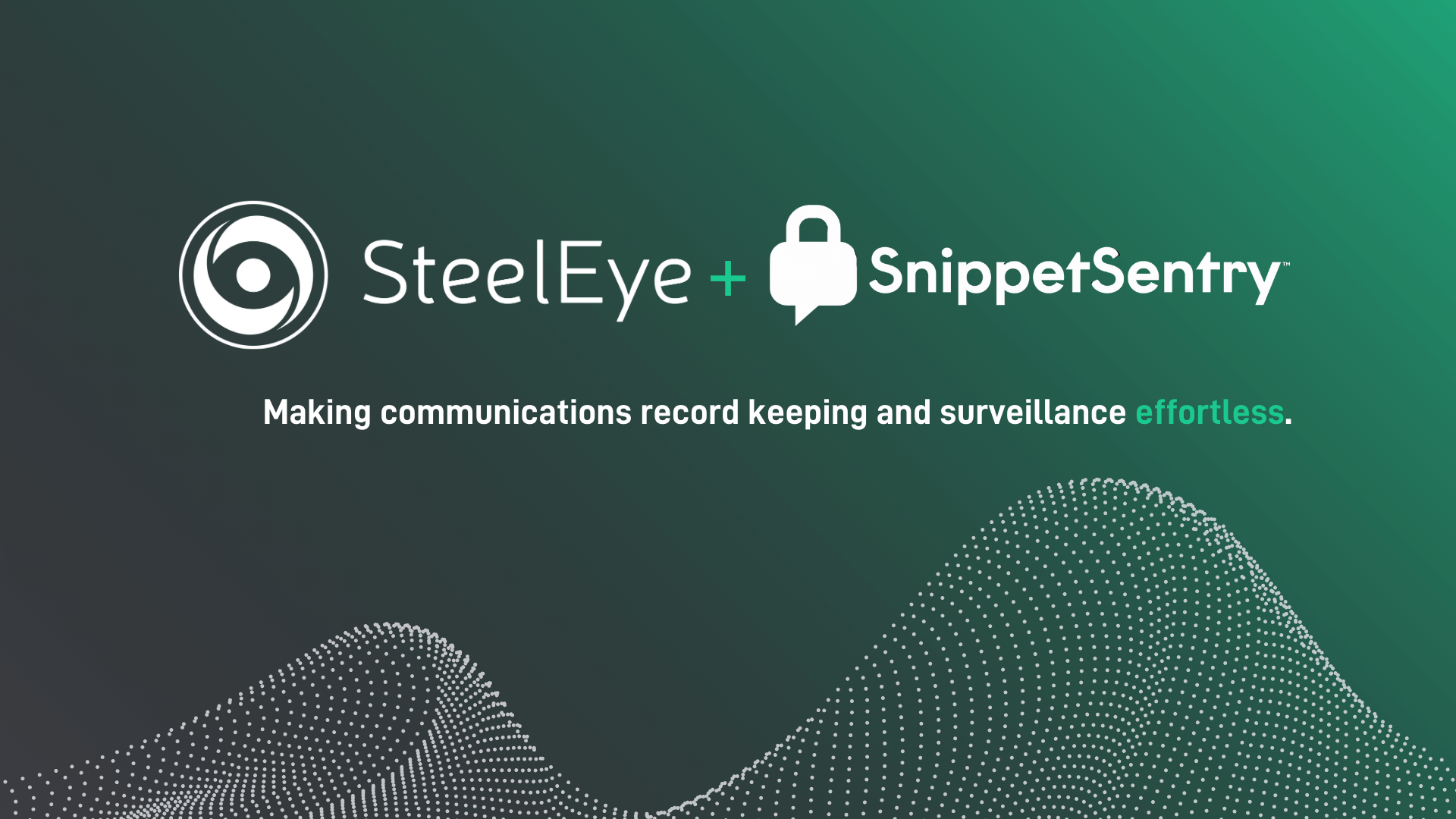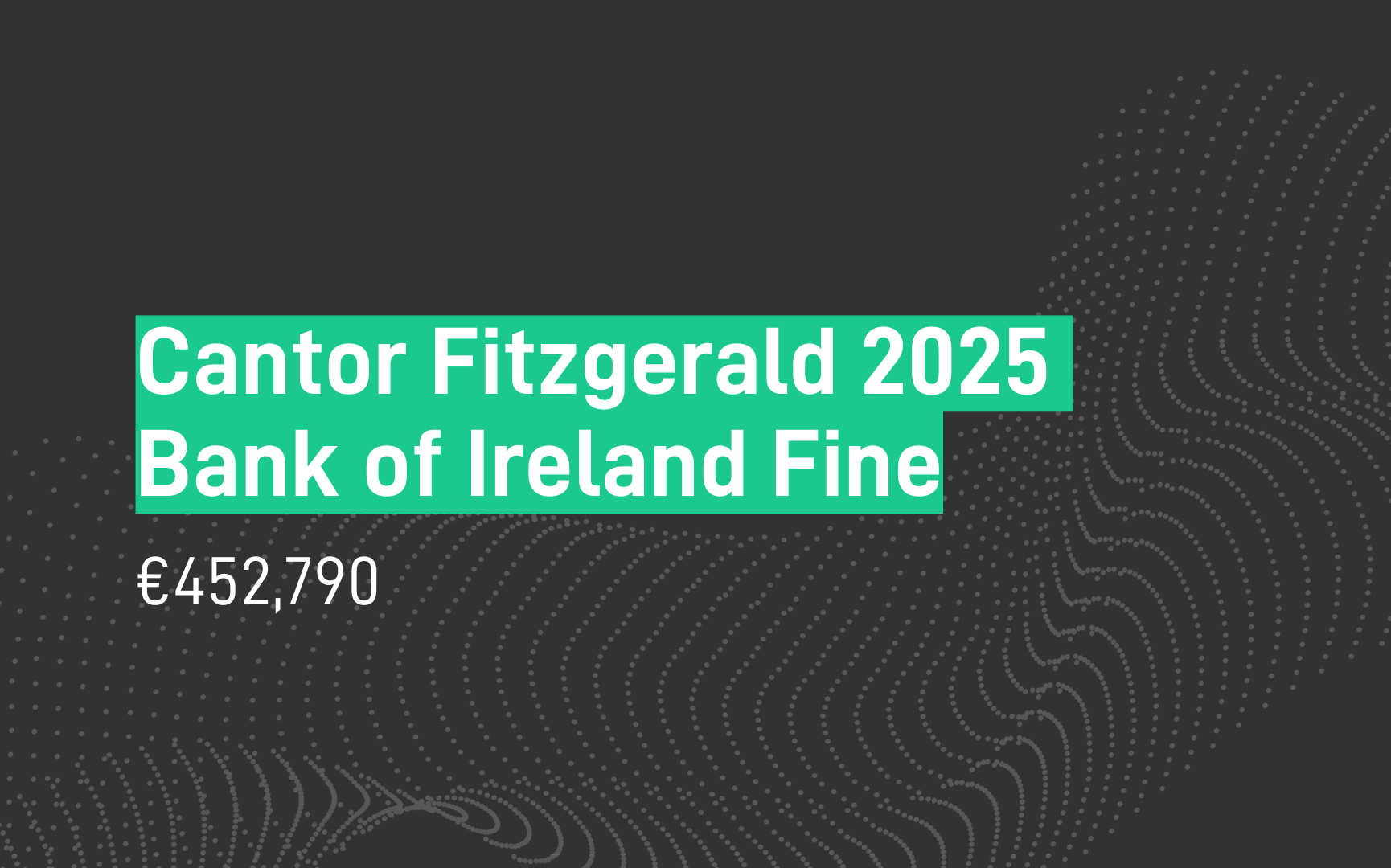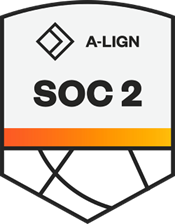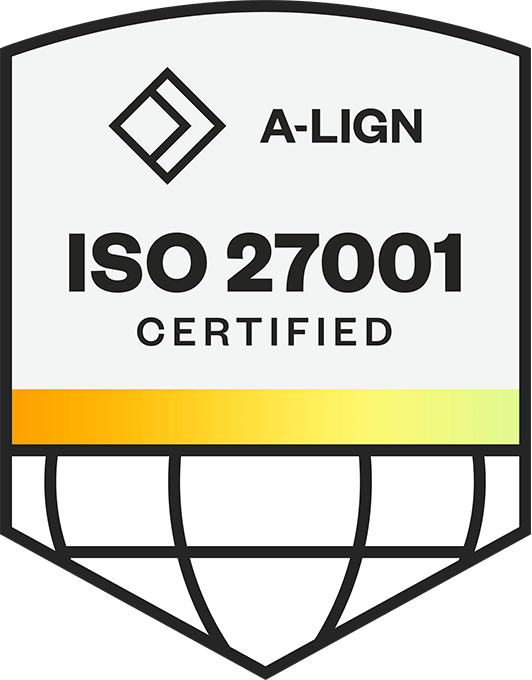Effective voice surveillance is crucial for preserving market integrity and deterring financial misconduct. Traditional approaches, however, face significant hurdles in critical areas such as adequate coverage by sampling, precise alert triggering, accurate speech-to-text conversion, reliable language identification, and language switching.
Compounding these technical challenges is the ambiguity in regulatory guidelines for voice surveillance. The lack of clear standards has resulted in diverse approaches, many of which fail to meet the rigorous requirements for effective communications monitoring. Alarmingly, numerous firms still rely on manual review of a small sample of calls—an approach that is not only inefficient and error-prone but also leaves significant gaps in oversight.
The combination of inadequate standards and intricate technical challenges has created a critical blind spot in risk management, effectively fostering a 'see no evil, hear no evil' environment. This situation is further exacerbated by the hesitant approach of legal teams within compliance firms, who are reluctant to implement more robust measures without explicit regulatory guidance on industry standards.
Our expectation is that regulatory clarity regarding voice surveillance is on the horizon, signaling a shift that firms must prepare for. Strengthened regulatory guidance is expected to address existing ambiguities and set forth more explicit requirements, making it imperative for firms to get their acts in order now.
In this blog, we investigate the common obstacles faced by market participants when it comes to voice surveillance, present potential solutions, and discuss how leveraging AI can aid in effectively fulfilling regulatory mandates.
Topics covered:
Navigating Regulatory Ambiguity: The Case for Modernizing Voice Surveillance Practices

Many financial institutions find themselves in a state of uncertainty regarding voice surveillance. Ambiguous regulatory guidelines often lead to hesitation in modernizing surveillance practices, creating a risky impasse.
Compliance teams, acutely aware of the risks associated with inadequate monitoring, consistently advocate for the adoption of advanced technologies to facilitate modern, effective voice surveillance. These professionals recognize that reliance on outdated methods, such as random sampling and manual review, is not only inefficient but also exposes the firm to significant risks by potentially overlooking critical indicators of fraudulent activity or misconduct.
However, in many cases, leadership teams use the lack of explicit mandates for voice surveillance as a rationale to restrict budget allocations. This conservative approach might seem pragmatic, particularly in a cost-sensitive environment, but it overlooks the crucial need for robust surveillance systems in today’s complex financial landscape.
Legal vs. Compliance: A Clash of Perspectives
Legal teams often resist enhanced voice surveillance due to concerns about generating discoverable information that necessitates investigation. Their perspective is that by limiting risk discovery, the firm mitigates its overall risk exposure through reduced disclosure requirements.
This stance creates tension with compliance teams, who understand that if a regulator uncovers wrongdoing that the firm failed to identify, it signals serious deficiencies in compliance controls and processes. Compliance professionals view the lack of comprehensive surveillance as a broader business risk. Despite this understanding, many continue to face resistance from legal teams and struggle with budgetary constraints.
Navigating Regulatory Ambiguity Around Voice Surveillance
While regulatory clarity is needed, firms must not remain passive. To safeguard against emerging threats, proactive steps toward embracing more sophisticated surveillance technologies are essential. To navigate the ambiguity, financial institutions can adopt several best practices:
-
Engage Proactively with Regulators: By participating in industry consultations and seeking direct feedback on their surveillance practices, institutions can gain clearer insights into regulatory expectations and demonstrate their commitment to compliance.
-
Adopt a Principle-Based Approach to Compliance: Focusing on the spirit rather than the letter of the law can guide institutions in implementing robust voice surveillance systems. This involves setting internal standards that not only meet but exceed the minimum regulatory requirements and anticipating stricter future regulations.
Traditional Challenges with and modErn Solutions for Voice Surveillance

In addition to regulatory and internal challenges that have traditionally hindered firms from enhancing their voice surveillance capabilities, several technical obstacles have also contributed to their limitations. These include capture, cost, transcription accuracy, alerting, linguistic variety, language switching, and vendor support.
Capture
Challenge:
- Many firms struggle with capturing voice recordings beyond traditional trading floors, particularly with Corporate or BYOD mobile calls, Teams Voice, or Zoom. Applying a consistent and accurate method to capture and tag employee identities, especially when dealing with multiple carriers, has become an increasing burden.
Solution:
-
Integrated Data Coverage:
Firms should work with integrated platforms that offer seamless connectivity across a wide range of communications platforms. This can ensure all voice data—whether from mobile devices, collaboration tools like Teams and Zoom, or other sources—is consistently captured, tagged, and easily accessible within a single platform.
Cost
Challenge:
A decade ago, voice transcription faced significant obstacles:
-
High Costs:
Transcription services were prohibitively expensive for many organizations. The cost-benefit analysis often didn't justify implementation, especially without explicit regulatory mandates.
-
Risk-Reward Imbalance:
The combination of high costs and low quality created a significant disincentive for adoption. Organizations questioned the value of investing in technology that didn't consistently deliver accurate results.
Solution:
Today's landscape has dramatically shifted, offering cost-effective and high-quality solutions:
-
Advanced Architectures:
Modern transcription technologies leverage ultra-high throughput technical infrastructures. These systems can process vast amounts of audio data efficiently and accurately.
-
Economies of Scale:
The ability to handle large volumes of data has led to significant cost reductions. Per-minute or per-hour transcription costs have plummeted, making the technology accessible to organizations of all sizes.
The cost-benefit equation for voice transcription has fundamentally changed. What was once an expensive and unreliable technology has transformed into a cost-effective, highly accurate tool for risk mitigation. Organizations can now leverage these advanced solutions to enhance their compliance efforts without the prohibitive costs of the past, making comprehensive voice surveillance a practical and valuable component of their risk management strategy.
Transcription Accuracy
Challenge:
Historically, achieving high transcription accuracy has been a significant hurdle:
-
Legacy providers struggled with loud environments, accented dialogue, and diverse conversation patterns.
-
Industry evaluation often relied solely on Word Error Rate (WER), a metric capturing only one transcription quality aspect.
Solution:
Recent advancements have dramatically improved transcription technology:
-
Modern Architecture:
Modern systems are often built from the ground up using deep learning techniques and utilize both convolutional and recurrent neural networks. This contrasts with legacy providers that rely on traditional approaches like feature extraction and acoustic modeling.
-
Comprehensive Benchmarking:
Modern vendor solutions employ a mature framework for model evaluation, including:
-
Word Error Rate (WER)
-
ROUGE (Recall-Oriented Understudy for Gisting Evaluation)
-
METEOR (Metric for Evaluation of Translation with Explicit ORdering)
-
BLEU (Bilingual Evaluation Understudy)
-
Character Error Rate (CER)
-
Continuous Improvement Without Risk:
Modern technology embeds continuous improvement and provides an objective framework to evaluate new models against previous versions. This enables continuous improvement in transcription accuracy and mitigates the risk associated with frequent system upgrades.
By adopting these advanced technologies and evaluation methods, financial institutions can significantly enhance the accuracy and reliability of their voice transcription systems, leading to more effective surveillance and risk management.
Alerting
Challenge:
-
Limitations of Lexicon Triggers:
Traditional lexicon-based systems struggle to accommodate the variability in spoken language. Slang, colloquialisms, and regional variations also pose significant challenges. These issues are compounded when dealing with multiple languages.
-
Contextual Ambiguity:
Trigger words often lack the necessary context. For example, the word "parking" could refer to a trading term or simply parking a vehicle. This ambiguity leads to high rates of false positives.
-
Retrospective Detection Limitations:
Certain suspicious activities, like the use of code words, may only be identifiable in hindsight. Traditional systems often miss these subtle, context-dependent red flags.
-
Transcription Errors:
Typos and mistranscriptions can cause lexicon-based systems to miss essential triggers.
Solution:
-
Advanced Linguistic Rule Sets:
Modern platforms provide deep, evolving sets of linguistic, rules-based alerts. These are capable of generating meaningful alerts while adapting to language changes.
-
AI-Powered Contextual Analysis:
AI-based technologies can help evaluate conversations thematically, considering all available contexts. This approach is more forgiving of typos and mistranscriptions. AI can better understand nuanced language use and detect suspicious patterns.
-
Hybrid Approach:
Systems that combine rules-based alerts with AI detection capabilities create a comprehensive risk framework that leverages the strengths of both approaches. AI can detect patterns that rule-based systems might miss and vice versa.
-
AI-Assisted Triage:
Virtual AI agents can help review and triage alerts. These agents can quickly assess low-impact alerts, reducing the workload on human analysts. This allows for more efficient processing of the alert queue.
-
Continuous Learning and Adaptation:
Modern systems can learn from false positives and negatives and will regularly update linguistic rules and AI models to reflect evolving language patterns and new risk scenarios.
-
Multi-lingual Capability:
Advanced solutions can handle multiple languages with equal proficiency. This includes understanding language-specific idioms, slang, and cultural references.
Organizations can significantly enhance their voice surveillance capabilities by implementing this holistic approach. This comprehensive strategy combines the precision of rules-based systems with the adaptability and contextual understanding of AI, creating a robust defense against a wide range of potential risks in verbal communications.
Linguistic variety
Challenge:
-
Language Diversity:
Organizations need surveillance solutions that cover an extensive range of languages. Further, support for various accents within each language is crucial (e.g., Australian English and New Zealand English).
-
Manual Language Configuration:
Some legacy providers require hardcoding individual users' languages in reference data. This process is labor-intensive, error-prone, and unsustainable for large-scale monitoring (thousands of users).
-
Lack of Automatic Language Detection:
Many legacy systems cannot automatically identify the language being spoken. This limitation creates gaps in surveillance coverage and increases the risk of missed red flags.
Solution:
-
Comprehensive Language Support:
Modern transcription technologies offer high-quality performance across a broad set of languages. These systems can support relative parity in performance among related language groups (e.g., Romance languages) and diverse languages such as Hindi, Cantonese, Afrikaans, Ukrainian, Turkish, and more.
-
Automatic Language Recognition:
Advanced solutions can automatically detect the language being used in real time. This eliminates the need to maintain cumbersome reference data. It also prevents surveillance gaps caused by outdated language settings or intentional language switching.
-
Accent and Dialect Handling:
Modern systems are capable of accurately transcribing various accents and dialects within a language. This ensures comprehensive coverage regardless of speakers' regional backgrounds.
-
Scalability and Flexibility:
Modern technology can quickly adapt to an organization's evolving language needs without manual reconfiguration. This flexibility is crucial for global organizations with diverse and changing workforce demographics.
-
Continuous Improvement:
Look for vendors committed to expanding their language capabilities and improving accuracy over time. This ensures your surveillance system remains effective as your organization grows and expands into new markets.
Organizations can significantly enhance their ability to monitor communications across all languages used within their operations by implementing a modern, multilingual voice surveillance solution. This comprehensive approach improves compliance efforts and provides a more robust defense against potential misconduct, regardless of the languages involved.
Language Switching
Challenge:
It is common today to have employees who speak multiple languages, where they naturally switch languages during conversations. Sophisticated traders may even attempt to evade detection by switching between multiple languages during a recorded conversation. This tactic exploits a common weakness in traditional compliance tools:
-
Many surveillance systems can only identify and transcribe in a single language per recording.
-
This limitation leads to inaccurate transcriptions when multiple languages are used.
-
Consequently, there's a very low likelihood of triggering alerts, allowing potential misconduct to go undetected.
Solution:
Advanced, highly pre-tuned transcription engines now offer robust multilingual capabilities:
-
Accurate Cross-Language Transcription:
Leverage systems that produce precise transcriptions across multiple languages within a single conversation. These types of systems can identify the exact portions of an audio file containing each language, providing a comprehensive language map of the call.
-
Enhanced Analysis Tools:
Use technology that produces accurate, line-by-line transcriptions. Modern systems can automatically translate and integrate non-English sections into the transcript. This allows for seamless analysis across all languages used in a conversation.
-
Improved Security and Efficiency:
Leverage auto-translation to eliminate the need for analysts to use external translation tools. This mitigates the risk of sensitive information being exposed through copy-pasting into public translation services. It also streamlines the analysis process, improving overall efficiency.
By leveraging advanced technologies, compliance teams can effectively close the language-switching loophole, significantly enhancing their ability to detect and prevent potential misconduct across linguistic boundaries.
Vendor support
Challenge:
Many communication surveillance and record keeping vendors have historically treated voice data as a secondary consideration:
-
Platform Design:
Systems were often built with a 'text-first' approach. Voice capabilities were frequently added as an afterthought.
-
Inefficient Data Handling:
In extreme cases, voice files were treated as email attachments just to incorporate them into the system. This approach severely limits the utility and accessibility of voice data.
-
Limited Analysis Capabilities:
Some vendor alerting systems only work on electronic communications (eComms), not voice communications (vComms). This limitation stems from an inability to effectively index, search, and analyze transcriptions. While this approach may satisfy basic record-keeping requirements, it falls short of addressing comprehensive surveillance risks.
Solution:
Modern solutions treat voice data as a core component of surveillance systems:
-
Equal Priority:
Voice should be given equal, if not greater, precedence compared to text-based communications. Modern integrated systems put an equal weighting on all data sources and are configured to recognize the unique risks associated with voice: it's easier to make verbal mistakes, and there's no "delete" button as there is with eComms.
-
Native Integration:
Voice data should be seamlessly integrated into your surveillance platform. Modern platforms allow compliance analysts to access the full arsenal of risk detection capabilities for voice and text communications.
-
Advanced Analytics:
Look for vendors that offer robust indexing, searching, and analysis capabilities for voice transcriptions. These features should be on par with those available for text-based communications.
-
Comprehensive Risk Management:
Modern solutions should address both record keeping concerns and surveillance risks. This holistic approach ensures no potential red flags are missed due to platform limitations.
When evaluating vendors, prioritize those that treat voice data on par with other data sources. This approach enhances the effectiveness of your surveillance efforts and future-proofs your compliance infrastructure against evolving regulatory expectations and technological advancements.
The challenges and solutions associated with voice surveillance are not isolated issues but rather a complex web of interconnected considerations. From alerting and language handling to cost considerations and vendor support, each aspect plays a crucial role in creating a comprehensive and effective voice surveillance system.
The interdependence of these factors cannot be overstated:
-
Advanced alerting systems rely on accurate transcription and language detection capabilities.
-
Cost-effectiveness is achieved through technologies that can handle multiple languages and accents efficiently.
-
Vendor support is critical in integrating these various technologies into a cohesive, user-friendly platform.
-
Transcription accuracy underpins the effectiveness of all other functionalities, from alerting to language-switching detection.
Given this intricate interplay, organizations should seek vendors who demonstrate a holistic understanding of these interdependencies. The ideal solution provider will offer the following:
-
A comprehensive suite of capabilities addressing all the challenges discussed
-
An integrated approach that leverages the synergies between different technologies
-
A commitment to continuous improvement across all aspects of their solution
-
A deep understanding of the regulatory landscape and evolving compliance needs
By choosing a vendor with this broad and integrated perspective, organizations can ensure they're not just solving individual problems but implementing a robust, future-proof voice surveillance system. This approach enhances compliance efforts and provides a strategic advantage in risk management and operational efficiency.
Improving the Voice Surveillance Workflow with AI

Once the traditional challenges associated with voice surveillance have been solved, firms can consider adopting additional advanced technologies to improve their surveillance workflows and alert management processes.
AI, mainly through Large Language Models (LLMs) like Mistral, Claude, and ChatGPT, can be utilized as an initial layer of alert analysis, acting much like a Level 1 compliance officer. These systems can analyze and summarize calls, assign risk scores, and provide commentary and actionable suggestions.
This streamlined approach enables compliance teams to prioritize critical risks more effectively and focus their efforts on complex issues that require human judgment. The AI system acts as an intelligent assistant within a human-overseen framework, allowing compliance officers to concentrate on reviewing, escalating, and resolving AI-generated alerts.
Moreover, AI's ability to process vast amounts of data quickly enhances risk detection, potentially catching issues that humans might miss while ensuring consistent application of compliance rules across all communications. This efficiency gain allows compliance teams to address a wider range of issues, enabling more proactive risk management and strategic compliance planning. As the AI system learns from human feedback, it continually improves its accuracy and adapts to new compliance regulations and emerging risk patterns.
By leveraging AI in this way, compliance teams can significantly enhance their effectiveness and efficiency. The technology serves not as a replacement for human expertise, but as a powerful tool that augments human capabilities. This collaborative approach between AI and human analysts ultimately strengthens the organization's overall compliance posture, allowing for more comprehensive and proactive risk management in an increasingly complex regulatory environment.
Why Act Now? Regulatory Clarity is Coming

The word on the street is that strengthened regulatory guidance around voice surveillance is on the horizon, and firms must be prepared. In recent months, there has been increased dialogue among regulatory bodies, signaling that clearer directives and more stringent requirements for voice surveillance could be imminent. This anticipated regulatory evolution is likely to address the existing ambiguities and set forth explicit guidelines that will leave less room for interpretation.
Therefore, it would be wise for financial institutions to start investing in voice transcription, translation, and monitoring technologies now to prepare for these likely upcoming changes. Implementing effective voice surveillance systems is a complex and time-consuming process, especially within large organizations. It requires careful planning, procurement, and implementation. Procrastinating on these initiatives risks non-compliance and exposes firms to severe penalties. Taking proactive steps now will help ensure readiness and compliance, averting potential legal and financial repercussions down the line.
Conclusion
Voice surveillance is crucial in safeguarding market integrity and deterring market abuse. Despite the existing regulatory ambiguity, our expectation is that new regulatory guidance around voice surveillance is imminent, and financial institutions cannot afford to delay enhancing their surveillance capabilities.
The future of voice surveillance lies not in piecemeal solutions but in comprehensive, integrated platforms that address the multifaceted challenges of modern financial communications. As the regulatory landscape continues to evolve, those organizations that embrace these advanced, holistic solutions will be best positioned to meet compliance requirements, mitigate risks, and protect their reputations in an increasingly complex global marketplace. Additionally, the advent of AI, particularly LLMs, offers a transformative opportunity to drive efficiencies and improve surveillance workflows.
Investing in sophisticated surveillance technologies will enable firms to transcend traditional limitations and minimize the risks of non-compliance. This proactive approach will satisfy regulatory demands and fortify trust with clients, stakeholders, and regulators alike, ensuring long-term success and stability in the financial marketplace.
HOW STEELEYE CAN HELP
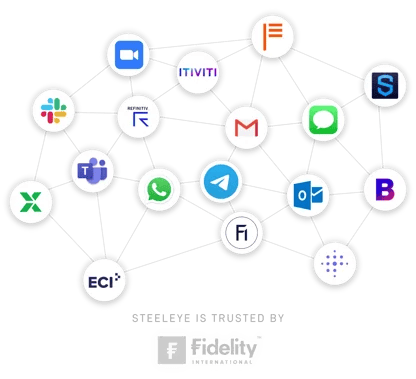
SteelEye's comprehensive communications surveillance solution means financial firms can integrate voice effortlessly into their compliance frameworks.
-
Advanced Alerting Capabilities
SteelEye leverages AI-powered contextual analysis to evaluate conversations in context rather than relying solely on trigger words. This hybrid method, combining rules-based alerts with AI, ensures that subtle patterns of misconduct, such as the use of code words or ambiguous phrases, are effectively detected.
Additionally, SteelEye’s AI-assisted triage streamlines alert management. The system also continuously learns and adapts, keeping pace with evolving language patterns and regional variations, further reducing false positives.
-
Accurate and accessible Voice Transcription
SteelEye partners with Intelligent Voice for voice transcription. Intelligent Voice's specialized voice models are designed for the financial sector. The technology understands the noisy environments of trading floors and the industry-specific jargon traders use, providing unparalleled transcription accuracy in this context. By working with Intelligent Voice, SteelEye offers a highly accurate and accessible voice transcription, enabling comprehensive voice surveillance without the high costs of traditional systems.
-
Comprehensive Linguistic Coverage
SteelEye offers comprehensive support for multiple languages and handles various accents and dialects, ensuring accurate transcription across diverse linguistic backgrounds. The system automatically identifies and transcribes sections in different languages and integrates translations directly into the transcript, allowing compliance teams to efficiently analyze multilingual conversations without needing external tools.
-
Robust Voice Data Integration
SteelEye treats voice data as a core component of its surveillance platform, seamlessly integrating it with text-based communications. Compliance analysts have access to the same robust risk detection tools for both voice and electronic communications, enhancing the overall effectiveness of risk management.
-
Compliance CoPilot
SteelEye’s Compliance CoPilot leverages AI to provide alert scoring, risk analysis, and resolution suggestions, speeding up the alert review process by up to 75%. This ensures compliance teams can focus on the most critical risks with reduced manual effort.













